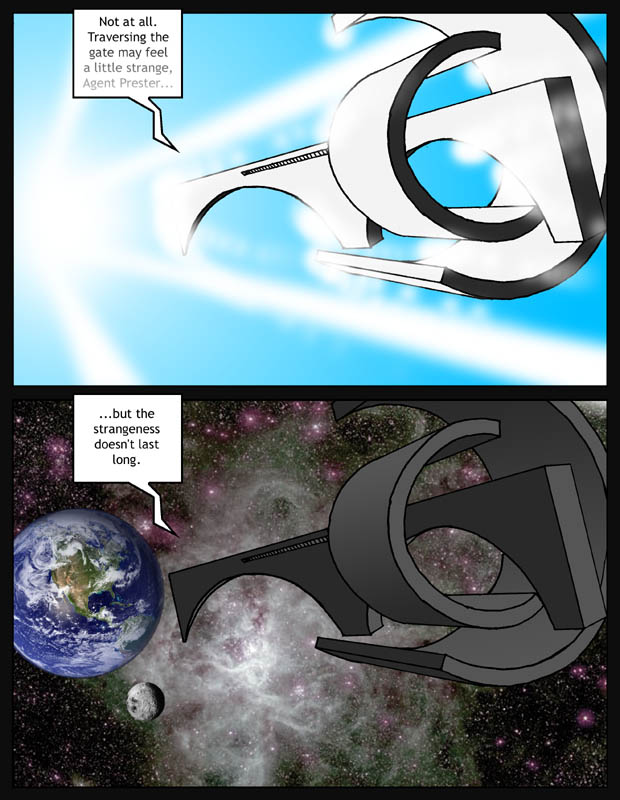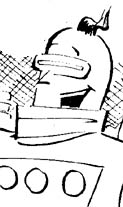
| ||
|
(Jon sez:)  On the nineteenth, go outside in the wee hours of the morning and look to
the east. Then look up. Watch for streaks of light coming from a point in
the sky inside the constellation Leo. These are the Leonid meteors, which come at this time
every year. I haven't had any luck with astronomical displays lately - it's
been cloudy every time something interesting happens - but hopefully I, and
you, will have better luck this time. The Leonids should be visible
wherever the constellation Leo can be seen in ths sky.
On the nineteenth, go outside in the wee hours of the morning and look to
the east. Then look up. Watch for streaks of light coming from a point in
the sky inside the constellation Leo. These are the Leonid meteors, which come at this time
every year. I haven't had any luck with astronomical displays lately - it's
been cloudy every time something interesting happens - but hopefully I, and
you, will have better luck this time. The Leonids should be visible
wherever the constellation Leo can be seen in ths sky.
One needs to be patient when watching meteor showers. With this particular shower you may see anywhere from a few meteors an hour, up to one every minute or so, depending on how dark it is where you are, how clear the skies are, and how dense this particular part of the comet's ancient dust trail is. On the other hand, I've seen a spectacular shower where the sky almost seemed to rain light. That's generally a very rare event, though. The Leonid meteors are little bits of rubble and dust left behind by the comet Tempel-Tuttle as it orbits the Sun. This year, the densest parts of the dust stream - that is to say, the most meteors per hour - are predicted on November 19th for 1:42 AM Eastern US time (6:42 AM GMT) and 4:49 PM Eastern US time (9:49 PM GMT). The shower itself will exist for quite a while before and after those times. (You can convert GMT into your local time with the handy chart which the University of Maryland makes available here.) |
(Mark sez:)  VENTURE: "We traveled the thousands of light years between Earth and Mars in just five minutes!"
VENTURE: "We traveled the thousands of light years between Earth and Mars in just five minutes!"CORN PONE FLICKS: "They must have taken the long, long, long way around!" Anyway, I just want to say I think the Qin looks pretty boss in the first panel, flying through the gate with radiation trailing off of the leading edges and so forth. Yeah. |
|